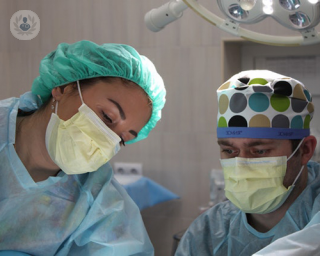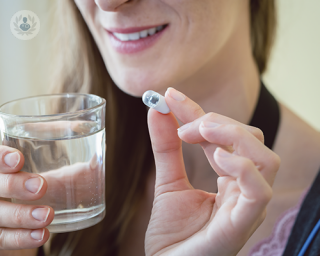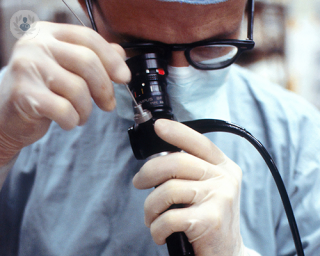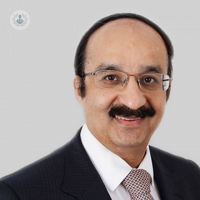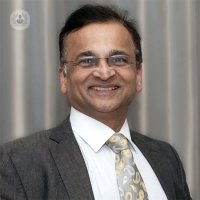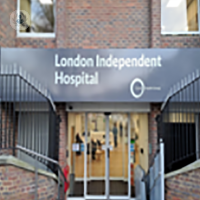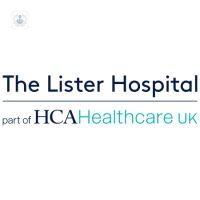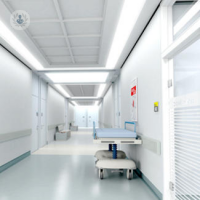Endoscopy
Dr Mark Austin - Gastroenterology
Created on: 11-13-2012
Updated on: 12-13-2023
Edited by: Carlota Pano
What is an endoscopy?
Endoscopy is the use of cameras to relay images from inside the body. The device used, known as an endoscope, is a long, thin, and flexible tube that has a camera at one end as well as a light source.
An endoscopy can be used to diagnose a wide range of conditions, and the results are interpreted by a specialist. Whether the results are good or bad clearly depends on what symptoms are being investigated, and on which part of the body the endoscopy is being performed.

What does it involve?
Endoscopes are inserted into the body via a natural opening (the mouth, nose, or the anus). There are different types of endoscopy depending on the site and function of the procedure. For example, if the bowel is to be investigated, it is referred to as a colonoscopy; if the airways are to be examined, the procedure is referred to as a bronchoscopy.
An endoscopy can also be used for surgery, as in the case of laparoscopic surgery. In this situation, the laparoscope (a specific type of endoscope) is inserted through small incisions. Once inserted, the endoscope is able to send images from the inside of the subject’s body back to a TV screen to be examined in close detail.
What is an endoscopy used for?
An endoscopy is most commonly used to investigate symptoms and help to diagnose conditions relating to the digestive system, although it can be deployed to produce images and aid with many other parts of the body, including the respiratory system, the urinary tract, and the female reproductive system. An endoscope can also be used to assist with surgery.
The most common symptoms that endoscopy investigates include the following:
- abdominal pain
- nausea and vomiting
- unexplained weight loss
- diarrhoea
- blood in the stool
- vomiting blood
How can you prepare for an endoscopy?
You may be required to avoid food and liquids for a period beforehand, depending on what type of endoscopy you are undergoing. In the case of a colonoscopy, you might be given laxatives to help you evacuate any stool beforehand. You may also be required to stop taking certain medication, such as blood thinners, to prevent excess bleeding from the procedure.
What does a typical endoscopy procedure feel like?
The procedure usually only causes mild discomfort, although a local anaesthetic is also sometimes used. It is normally performed with the patient conscious, although sedatives can be deployed to help you relax. Antibiotics are sometimes used to reduce risk of infection.
It is not usually painful, but it may feel uncomfortable. The procedure typically lasts between 15 to 45 minutes, which will depend on which endoscopic procedure is being performed.
Which specialist performs endoscopic procedures?
A gastroenterologist will typically be responsible for performing endoscopic procedures.
What should I expect following my endoscopy?
If you have been given a sedative, expect to stay in hospital for up to two hours after your endoscopy procedure has finished.

Are there any side effects?
Unfortunately, there are quite a few common side effects that patients may experience as a result of undergoing an endoscopy. The most common side effects are as follows:
- nausea
- bloating
- sore throat that lasts up to 48 hours
- not being able to swallow normally
Will I receive all of my endoscopy examination results immediately?
Patients who undergo an endoscopy will not receive all of their results immediately afterwards, but will receive them no later than a week after their procedure.
What is the difference between an endoscopy and a capsule endoscopy?
A normal endoscopy involves the gastroenterologist inserting an endoscope through the patient's mouth, whereas a capsule endoscopy sees the patients swallow a pill-sized capsule-like camera, which transmits images whilst it travels through the patient's digestive tract.
Can I eat as normal after my endoscopy?
The good news is that patients will be able to eat after their endoscopy as soon as they are discharged from hospital. However, they will be advised to eat as slowly as possible and to decrease their meal size.
What can't I do before an endoscopy?
It is very important that patients avoid swallowing anything six to eight hours before the procedure.



